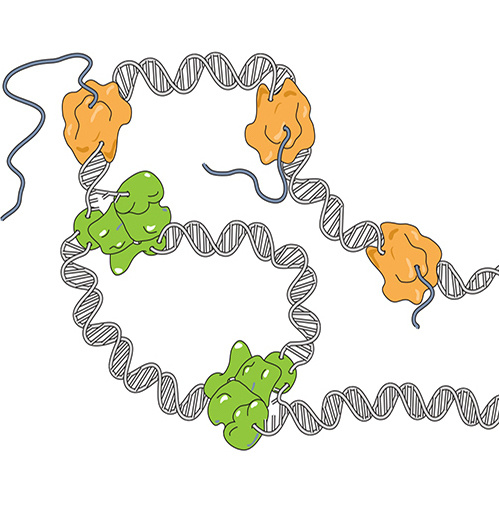Life Science Seminar Series
John Hammer
NIH
Institut de Génomique Fonctionnelle de Lyon / CNRS
A150,
Sciences II
Host: Sandra Citi






